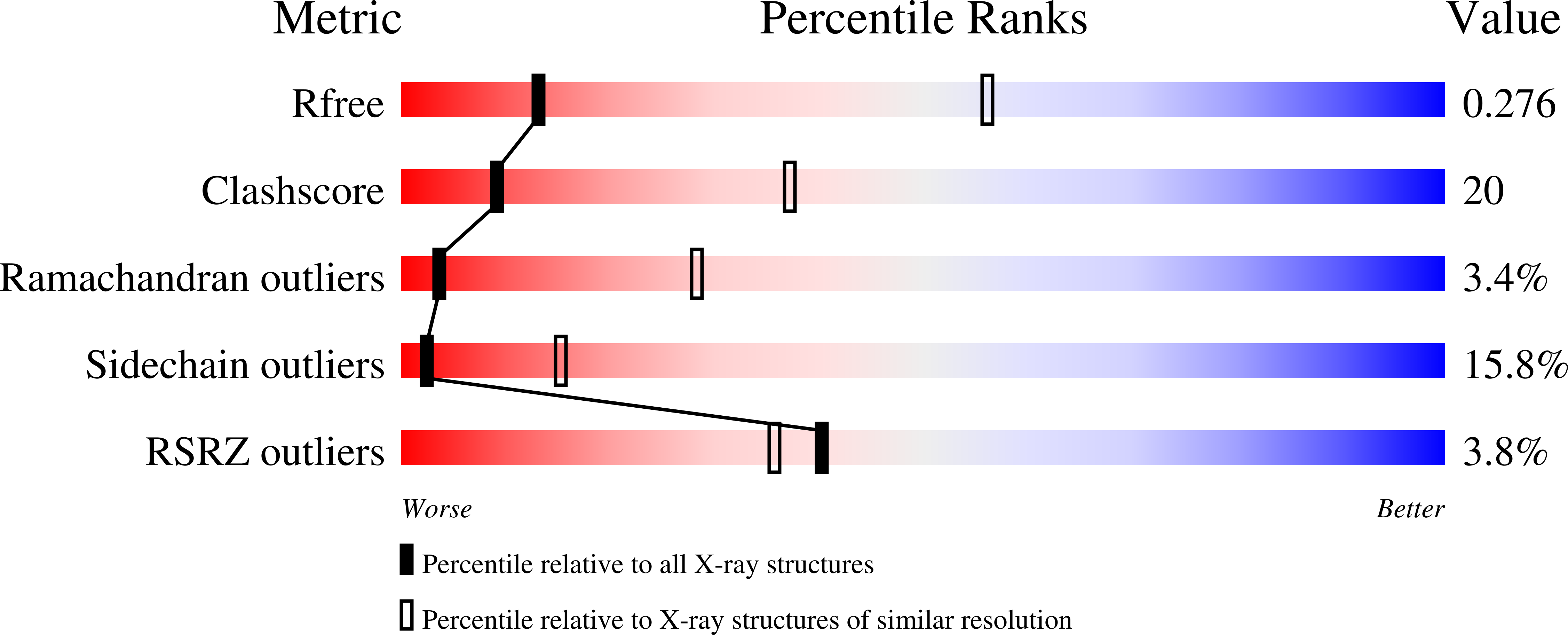
Deposition Date
2006-09-07
Release Date
2006-12-26
Last Version Date
2023-11-15
Entry Detail
PDB ID:
2IAE
Keywords:
Title:
Crystal structure of a protein phosphatase 2A (PP2A) holoenzyme.
Biological Source:
Source Organism:
Mus musculus (Taxon ID: 10090)
Homo sapiens (Taxon ID: 9606)
Microcystis aeruginosa (Taxon ID: 1126)
Homo sapiens (Taxon ID: 9606)
Microcystis aeruginosa (Taxon ID: 1126)
Host Organism:
Method Details:
Experimental Method:
Resolution:
3.50 Å
R-Value Free:
0.31
R-Value Work:
0.25
R-Value Observed:
0.25
Space Group:
P 21 3


